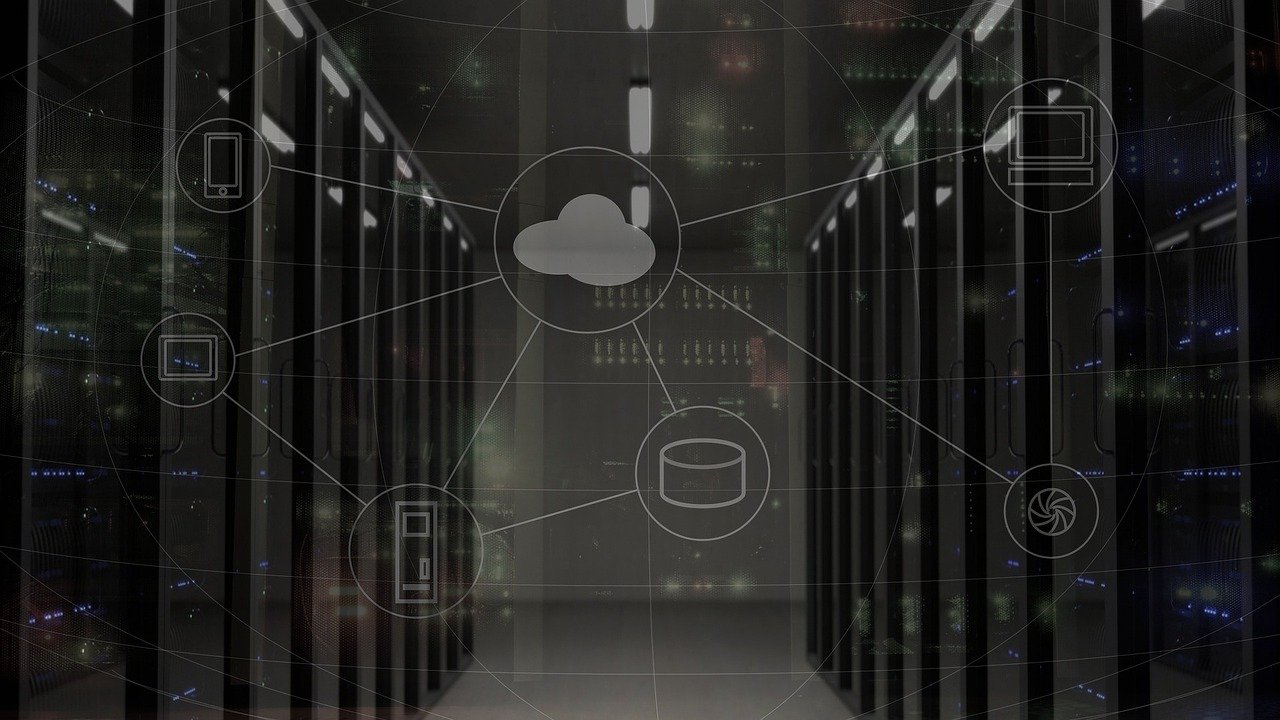We’ve previously discussed the present and future of digital workplaces and managed infrastructure services. According to Investopedia, infrastructure consists of things like servers and network gear due to its widespread usage in businesses. Without a proper IT network, it is difficult for employees to share information and communicate with one another. Many operational procedures become inaccessible in the event of an IT system failure.
These are the Top Infrastructure Topics to Watch for in 2022.
As a result of increased pressure on IT leaders to rapidly design, deploy, manage, and control complex, ever-changing application environments, Gartner predicts that the pace of change in infrastructure and operations (I&O) will quicken in 2022. When making preparations for 2023, I&O leaders should keep in mind the following 10 trends.
- The Automation Plan Needs to Be Revised
Since many I&O teams have chosen an ad hoc approach, their levels of automation expertise vary widely. According to Gartner, independent automation solutions are in jeopardy since the need for I&O automation is expected to rise in tandem with the development of digital business. Automation of I&O processes requires careful planning. An automation architect will oversee capital expenditures for more than 90% of companies by 2025. To ensure that automation can be scaled to meet the demands of digital enterprises, and to support use cases that assist the firm to attain its objective, this individual will employ an automation strategy.
- clarification on the benefits of hybrid IT versus backup and restore
The use of hybrid managed infrastructure services has greatly hampered catastrophe restoration efforts. Many I&O professionals now recognize that typical disaster recovery solutions are unlikely to be adequate in the case of a catastrophe in a distributed application and complex integration environment. You should reevaluate your disaster recovery strategies and include cloud, edge, and on-premises applications. Resilience requirements and opportunities should be considered early in the design process. They must be realistic, and they must collaborate with other firm leaders to fill up the holes in their resilience planning.
- Achieving more adaptability in DevOps
More and more corporate product teams are adopting DevOps environments. Scale-related practical issues must be resolved to guarantee access to necessary resources and prevent duplication of effort between teams. Gartner predicts that by 2023, 90 percent of organisations would be unable to expand their DevOps initiatives if they have not implemented a unified self-service platform. A “digital” toolbox of I&O capabilities is available via a centralised self-service portal. This facilitates the efficient and uniform operation of several DevOps teams engaged in product management, development, and distribution.
- Thanks to advancements in infrastructure, all eyes can now see your files.
Data in a hybrid environment may be accessed quickly and easily since the necessary infrastructure can be set up wherever the business needs it. More than half of an organization’s data will be produced and managed outside of the cloud or data center by 2022, according to Gartner. Data may be impacted by this expansion, and I&O departments may struggle to offer the necessary level of protection. According to Gartner, an immediate evaluation of the effect on the managed infrastructure services should be conducted using data. Learn about the data’s location, purpose, and how elements like its growth rate may influence I&O’s capacity to manage and safeguard it.
- Repercussions of Interconnected Devices
It may be challenging to ascertain who is responsible for what aspect of the Internet of Things. So that the proposed service and support model can be validated at scale and unforeseen service gaps can be minimised, Gartner recommends integrating I&O early on in IoT planning dialogues.



